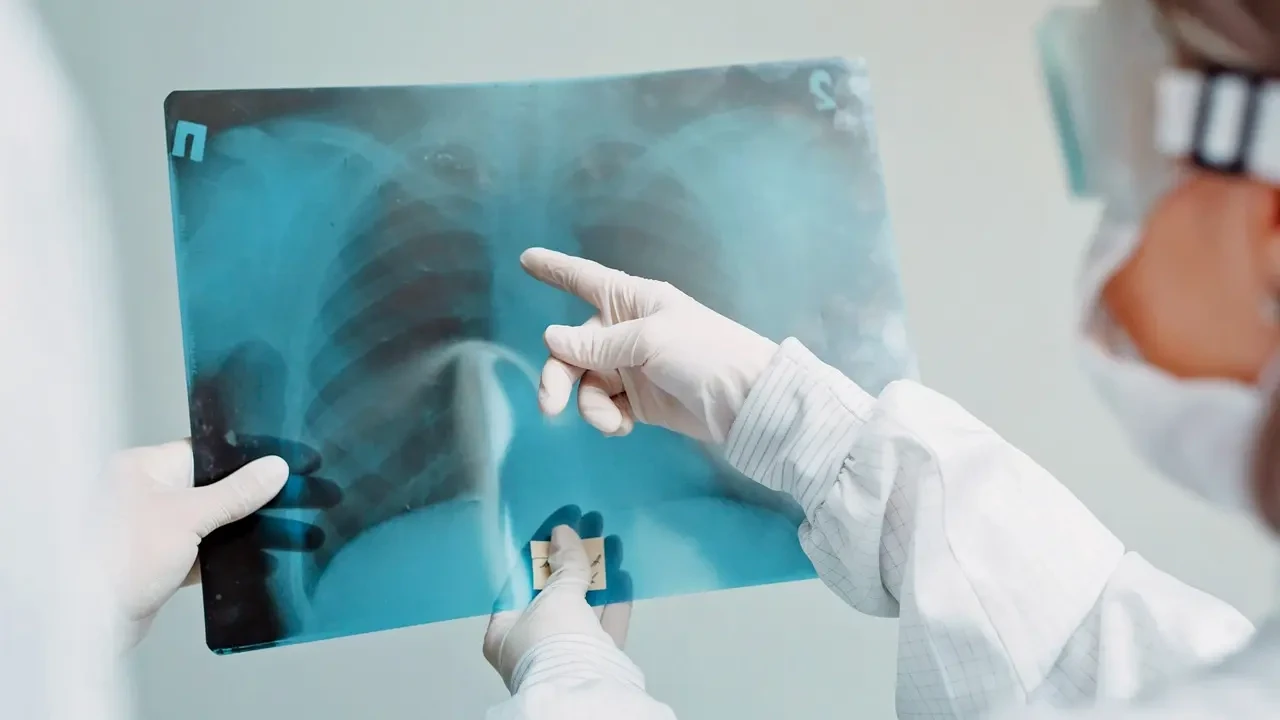Tuberculosis is no longer just a disease of the lungs. Doctors are raising alarm over a growing number of patients being diagnosed with non-respiratory or extrapulmonary TB, which often mimics other serious illnesses like cancer, making it harder to detect.
Experts link the surge to compromised immunity, poor nutrition, and post-pandemic lifestyle changes, warning that India’s fight against TB now faces a complex, lesser-known threat.
“At the time when I was undergoing treatment for my endometriosis, several injections and antibiotics had been administered. During that eight-year-long process, I suddenly developed severe leg pain. It itched and hurt unbearably. When I told the doctor treating me for endometriosis, he suggested I get an MRI and some tests done. The reports revealed that the cyst in my hip was tuberculosis-related. I was shattered. My health was already poor due to endometriosis, and the TB diagnosis made it worse.
Extrapulmonary TB occurs when the bacteria (Mycobacterium tuberculosis) spread beyond the lungs. Representation pic/istock
I was shocked to learn that TB can occur anywhere in the body. Until that day, I thought it only affected the lungs. My doctor explained that TB bacteria are present in everyone’s body but only become active when immunity is compromised. All those injections, antibiotics, and the incorrect treatment over six years had weakened me, leading to this. I have now started treatment for TB while recovering from my endometriosis surgery. Doctors told me surgery would be needed to remove the TB cyst as well,” shared Sadaf Ansari Mohammed Faisal.
Extrapulmonary TB on rise
While pulmonary tuberculosis (TB of the lungs) remains the most widely known form, extrapulmonary TB — which affects areas like the spine, lymph nodes, abdomen, bones, and brain — is becoming increasingly common. According to 2024 data from the National TB Elimination Programme (NTEP), India recorded 26.07 lakh TB cases, the highest ever. Though TB incidence has dropped by 17.7 per cent since 2015 and TB-related deaths by 21.4 per cent, the rise in non-lung TB cases signals the need for heightened awareness.
Sadaf Ansari Mohammed Faisal. Pic/Sayyed Sameer Abedi
“I now see 30–40 per cent extrapulmonary TB cases compared to 15–20 per cent before the pandemic. These include lymph node TB, CNS TB, spinal TB, and abdominal TB,” said Dr Trupti Gilada, infectious disease specialist, Saifee Hospital. Supporting her claim, Dr Chhaya Vaja, internal medicine expert at Apollo Spectra Hospital, added, “In just the first seven months of this year, I have already treated at least six such cases.”
What Is Extrapulmonary TB?
Extrapulmonary TB occurs when the bacteria (Mycobacterium tuberculosis) spread beyond the lungs. “TB bacteria exist in most people but remain dormant unless immunity drops,” a senior doctor involved with the government’s TB eradication program explained. Unlike pulmonary TB, which is highly contagious, extrapulmonary TB is generally non-communicable, unless infected body fluids or pus come into direct contact with others.
Diagnostic challenge
Diagnosing extrapulmonary TB is difficult as its symptoms mimic other illnesses, including cancer. “Pulmonary TB can be detected through a simple chest X-ray. But with extrapulmonary TB, tests are more invasive,” said Dr Lalit Anande, former medical superintendent of Sewri TB Hospital. A tissue sample from the affected node must be taken for cultures and microscopic tests, procedures that can leave permanent scars. Misdiagnosis between cancer and TB is common.
Why the rise?
Experts unanimously blame weakened immunity, nutrient-deficient food, stress, and poor lifestyle choices for the rise. “Pesticides don’t just kill pests; they lower the nutritional value of food,” said a senior government doctor.
Before COVID-19, pulmonary to extrapulmonary TB cases stood at 90:10. Post-pandemic, the ratio has shifted to 70:30, a dramatic rise linked to compromised immunity.
It’s not just about antibiotics
“Antibiotics alone can`t cure TB. That’s why drug-resistant TB is increasing,” warned Dr Anande. “High doses of Vitamin C and D are crucial to strengthen immunity and white blood cell count. Yet, patients often receive far below recommended levels. For example, TB patients need at least 100–150 nanograms of Vitamin D3 each day, but only get 35 nanograms during treatment at government hospitals. Goat milk is a rich source of these vitamins,” he added.
How to prevent misdiagnosis
“TB and cancer can present similarly. So, whenever investigating for cancer, tests for TB must also be done, right from the beginning,” said Dr Gilada. “Radiologists, pathologists, oncologists, and infectious disease experts must work together. Educating general and family physicians is crucial; they’re the first contact point.”
First-person experience: The writer’s story
“I was diagnosed with typhoid in January 2022. One week after recovery, I began running evening fevers with chills; strangely, I’d feel fine during the day. I kept up with my office work and chores, but nights brought unexplained discomfort. Doctors tested for dengue, malaria, chikungunya, and influenza; everything came back negative. That’s when my doctor suggested we check for chronic illnesses like cancer or TB. I was scared.
Ritika Gondhalekar
An initial test was done on my left forearm to collect tissue and fluid. The result: I was TB positive. But it wasn’t clear what type of TB. Chest X-rays were clean. I had no cough. Then, a small lymph node developed near my left collarbone. More tests were done using several needles, leaving a scar. Finally, lymph node TB was confirmed.
Treatment began, nine months of AKT (anti-TB therapy). Though I could go about my daily life, I’d feel drained. And missing even one dose would mean restarting the full course. When I was diagnosed, fear and relief hit together. I had TB, but at least I couldn’t infect my family.”
